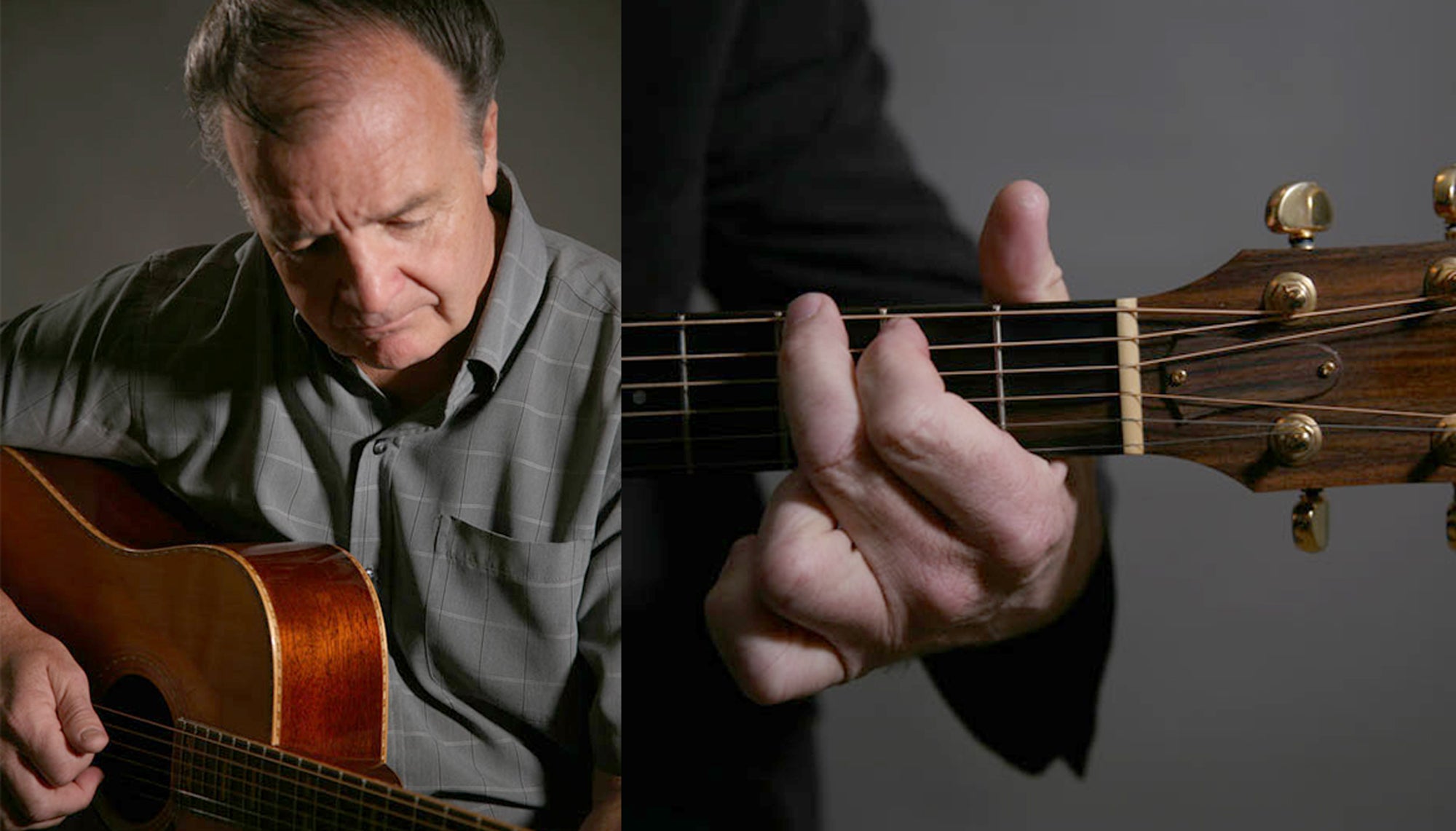Gate theory. TPNS. Peripheral nerve stimulation (PNS). If you’ve ever felt baffled by some of the language and acronyms that circle electrotherapy, then this is the article for you. We’re here to help you understand (jargon-free) what electrotherapy is, what it does, and how it can help you.
What is electrotherapy?
On a fundamental level, pretty much all lifeforms rely on electrical signals and currents. They are used to send messages around the body, are involved in the contraction of your muscles, help you feel things, and can even regulate certain processes and reactions.
Knowing this, we can use gentle electric currents, usually generated by technological devices like NuroKor Lifetech's mitouch and mibody and apply them to the body. These electric currents can be used for a wide range of health issues, but the most common are for managing pain and helping the body to recover from exercise or injury as best it can.
It should also be noted that this principle can work for not just humans but animals as well.

The key to success is the parameters of the electric currents that are used. You can’t take just any old electric currents and slap them on someone and hope it works (and that would be very dangerous). It’s important that the currents closely mimic those that the body naturally produces, which can be a painstaking process to get right, which is why we at NuroKor Lifetech have conducted extensive research into the best way to do this.
There are several different types of electric currents, but the acronyms used to describe them tend to describe the way that they work, rather than a significant difference between them.
Also, the word “electrotherapy” itself comes from “electric” and “therapy”!
The history of electrotherapy
We actually have an entire article looking at how electrotherapy has been used throughout history, so if this section inspires you, make sure to have a look there for more detail.
So how far back does it go? Well, humans appear to have known about the potential of electrotherapy for centuries. Before we discovered how to make electric currents ourselves, it seems that the ancient Egyptians, Greeks and Romans used fish similar to electric eels to treat pain by placing them on painful areas of the body! We’re not sure how they got the fish to comply but it can’t have been easy.
Skipping forward a few years, the legendary engineers Benjamin Franklin, Thomas Edison, and Nikola Tesla all investigated the use of electric currents for medical applications. Edison and Franklin treated patients for pain with devices of their own design, and Tesla worked on the precursor of a treatment still used today called diathermy, which is where heat is generated in the body using an electric current.
Electrotherapy is becoming more and more common and it is set to become the next great leap in modern medicine.

Book excerpt from High Frequency Electric Currents in Medicine and Dentistry (1910) by champion of electro-therapeutics Samuel Howard Monell, a physician who the American X-Ray Journal cite, rather wonderfully, as having “done more for static electricity than any other living man”. Although the use of electricity to treat physical ailments could be seen to stretch back to the when the ancient Greeks first used live electric fish to numb the body in pain, it wasn’t until the 18th and 19th centuries – through the work of Luigi Galvani and Guillaume Duchenne – that the idea really took hold. Image from Public Domain Review.
How does electrotherapy work?
You now know what electrotherapy is, but now to get (slightly) into the specifics. In the interests of remaining jargon-free, and because it would be a much, much longer article, we will avoid going into too much detail on every application of electrotherapy.
Let’s return to those electric currents in your body and the different types of outcomes we hope to achieve.
Pain
Pain happens when a part of your body is affected by something harmful - maybe stepping on a pin or splashing boiling water on yourself. The injured area sends a signal to your brain via the nervous system, and the brain then interprets the signal and decides what the response should be. It can decide how intense the pain you feel should be and can also release endorphins, which are a chemical often referred to as the body’s natural painkiller.

Electrotherapy can be used to influence the signals to the brain and therefore affect how intensely pain is felt. We achieve this by applying therapeutic electric currents to a particular area, which means that only the pain from that part of the body is affected.
There’s a wide range of types of pain that can be treated with electrotherapy: joint or muscle pains like arthritis and nerve pains like sciatica are among the most common that have seen success. But electrotherapy also offers great potential for severe menstrual pain or the pain caused by endometriosis, both of which are often not effectively treated with drugs - one study showed that 51% of women still had severe pain after taking a drug like ibuprofen.
We (and others) are consistently investigating new ways that electrotherapy can be applied, as well as its effectiveness. We surveyed people who had tried NuroKor Lifetech technology, and an incredible 100% of them experienced reduced pain after using it, and we’re confident that electrotherapy will become more widespread.
Recovery and rehabilitation

When we talk about recovery, we’re usually talking about the period after exercise when your muscles might hurt and feel tired. This is when the body repairs your muscles, making them stronger, so the time that you make improvements in your physical performance are actually the ones after exercise, not during.
Rehabilitation is when we’re recovering from an injury or surgery and need to strengthen our body to help it get back to its original level of fitness. Both this and recovery are affected in similar ways by electrotherapy so we’ll look at them together.
Physical therapy
Electric currents can be used in a similar way to physical therapy or massage, in that they can cause your muscles to contract, which helps soothe them when tired and relieve tension and stiffness.
Circulation
One of the other benefits of this is that when muscles move, particularly those in the leg, it can help circulation. The blood - and the lymph system, which is even more reliant on your muscles moving - is how your body transports almost everything, from energy resources to waste products. Good circulation means that the substances your muscles need to repair and strengthen can get where they are going promptly, and the same is true for rehabilitation, where damaged areas need more support.
For people with reduced mobility, the ability to improve circulation is valuable, as many health conditions can be made more complicated by a sedentary lifestyle. A case study was recently presented of a man who had painful swelling in his legs. Circulation in his legs was weak, which was causing the pain and swelling, and this can later bring a range of other health problems and may require surgery to address. Using electrotherapy, and thermal imaging to monitor the results, his circulation improved and the swelling reduced.
Inflammation

Inflammation in the joints is common, particularly in chronic conditions like arthritis
Inflammation is a critical part of the healing process but it can sometimes get out of hand and become a long-term problem. Some types of electric current used in electrotherapy, called microcurrent, can influence the production of substances in the body that regulate inflammation. If fewer of these substances are being produced, then there is less inflammation and the risk of it getting out of control may be lower.
Influencing inflammation can also help with managing pain. Nerves can become inflamed when the body is damaged, which is one of the things that can cause pain. If this inflammation of the nerves can be influenced then it can lead to feeling less pain.
Energy sources and other molecules
We need energy for everything - though feeling like we have it is another matter entirely. Some electric currents have been shown to promote production of one of the main stores of energy that we have, adenosine triphosphate. They have also been shown to increase production of proteins. Both of these substances are very important for muscle repair and this is another way in which electrotherapy can optimise recovery and rehabilitation.
Wound healing
Whether electrotherapy’s effects on wound healing should be a separate category is debatable, but we’ve split it out this way for added clarity.
Essentially, the benefits that electrotherapy can provide for recovery and rehabilitation - regarding circulation, inflammation, and more - also promote wound healing, as the processes are very similar. That said, there is another case study, this time about diabetic ulcers, that shows that electrotherapy can be effective for injuries, including ones that are not healing by themselves.
Many health organisations around the world, including the NHS, are already making use of electrotherapy’s benefits for wound healing.

Before and after of ischemic ulcers treated with NuroKor Lifetech’s electrotherapy
If you’re wondering what electrotherapy can be used for, these are the main applications. More research is being done all the time, and it has come a long way since its ancient, fish-based beginnings!
Benefits
Electrotherapy has many benefits that make it an ideal treatment for both use at home and in clinical settings. Below are just some of the benefits.
- Drug-free and doesn’t have the same side-effect risks as many painkillers, particularly the more powerful ones, and it doesn’t make you drowsy.
- Easier to personalise the treatment used because the intensity and specific form of electric currents can be easily modified by and for each person who uses it.
- Non-invasive, meaning that you don’t have to put any foreign substances into your body for the treatment to have an effect.
- Can be used either by itself or alongside many other treatments - though of course always consult a doctor before mixing therapies.
- Can be targeted to specific needs. Pain in the elbow? Treat only the elbow. Stiff shoulders? Treat only the shoulders.
We hope this article has helped you cut through some of the jargon out there around electrotherapy. Let us know if there is anything else you would like to know!
In the meantime, if you would like to try electrotherapy for yourself - perhaps an aggravating knee injury - then have a look at our NuroKor Lifetech devices.



